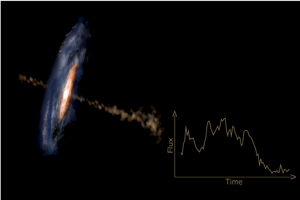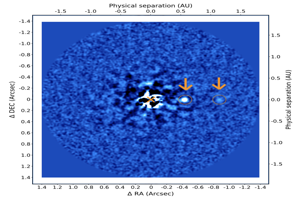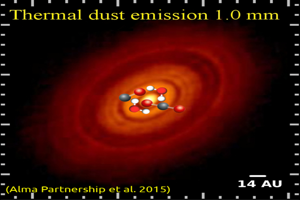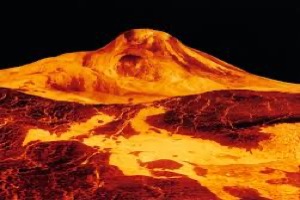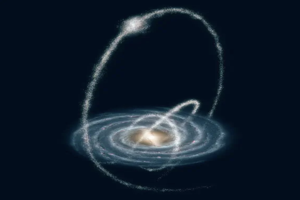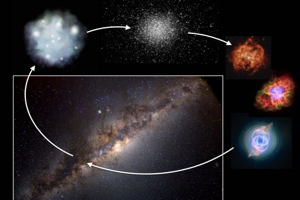METEOR abroad
The sixth METEOR (second year, semester S3) takes place abroad, within a partner university or industry.
Travelling and lodging expenses are subsidized by MAUCA, thanks to the Observatoire de la Côte d'Azur (OCA).
Available in 2025/2026
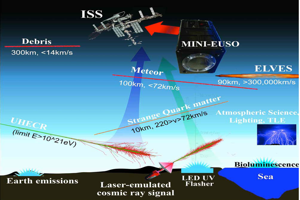
Modelling of space & ground-based observations of meteors and exotic matter
- Numerical methods Signal
- Syllabus
- University of Torino
- Torino, Italy

Optical polarization analysis of supermassive black holes
- Instrumentation
- Syllabus
- Institute of Astrophysics
- Heraklion, Greece
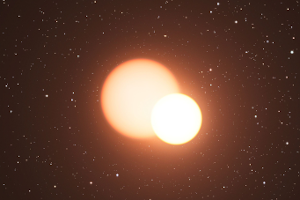
Orbital parameters of binary stars
- Stellar physics
- Syllabus
- Université Libre de Brussels
- Brussels, Belgium
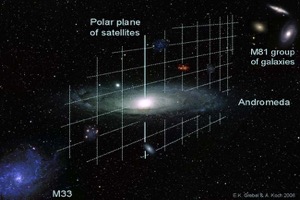
A search for faint satellites around isolated galaxies
- Cosmology
- Syllabus
- University of Granada
- Granada, Spain
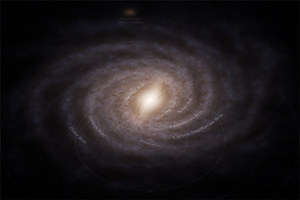
Formation and evolution of Galactic stellar populations
- Stellar physics
- Syllabus
- INAF Arcetri
- Arcetri, Italy
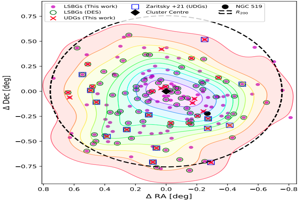
Undercovering low surface brightness galaxies
- Cosmology
- Syllabus
- National Center for Nuclear Research
- Warsaw, Poland
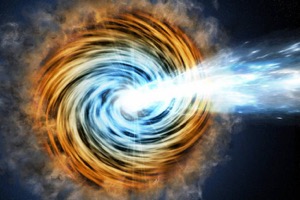
Characterizing multi-wavelength blazar variability
- Stellar physics
- Syllabus
- University of Padova
- Padova, Italy
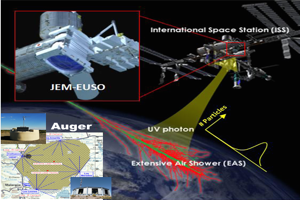
Modelling of space & ground-based observations of Ultra-High Energy Cosmic Rays
- Signal
- Syllabus
- University of Torino
- Torino, Italy
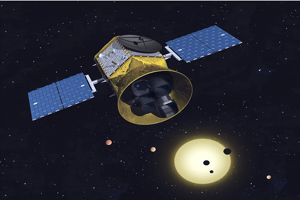
TESS observations of intermediate-mass stars
- Stellar Physics
- Syllabus
- University of Granada
- Granada, Spain
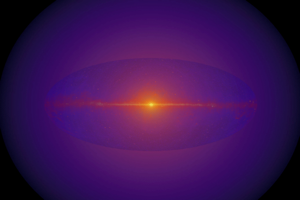
Hunting for dark matter with gamma rays
- Cosmology
- Syllabus
- Instituto de Física Teórica
- Madrid, Spain

From Selection to Science: Assessing 4MOST’s Observational Biases
- Stellar Physics
- Syllabus
- Uppsala University
- Uppsala, Sweden
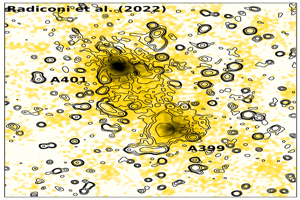
Uncovering the link between thermal and non-thermal components in galaxy clusters
- Cosmology
- Syllabus
- INAF Cagliari
- Cagliary, Italy
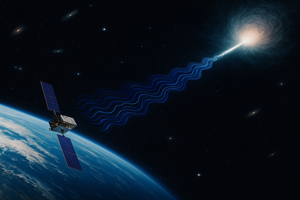
Dark matter searches with gamma-ray telescopes
- Stellar Physics
- Syllabus
- University of Southern Denmark
- Odense, Denmark
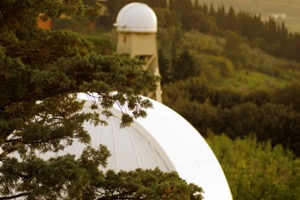
The chemical fingerprints of exoplanet-host stars
- Stellar Physics
- Syllabus
- INAF Arcetri
- Arcetri, Italy
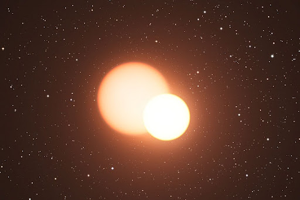
Bayesian modelling of intermediate-mass stars
- Stellar Physics
- Syllabus
- University of Granada
- Granada, Spain



